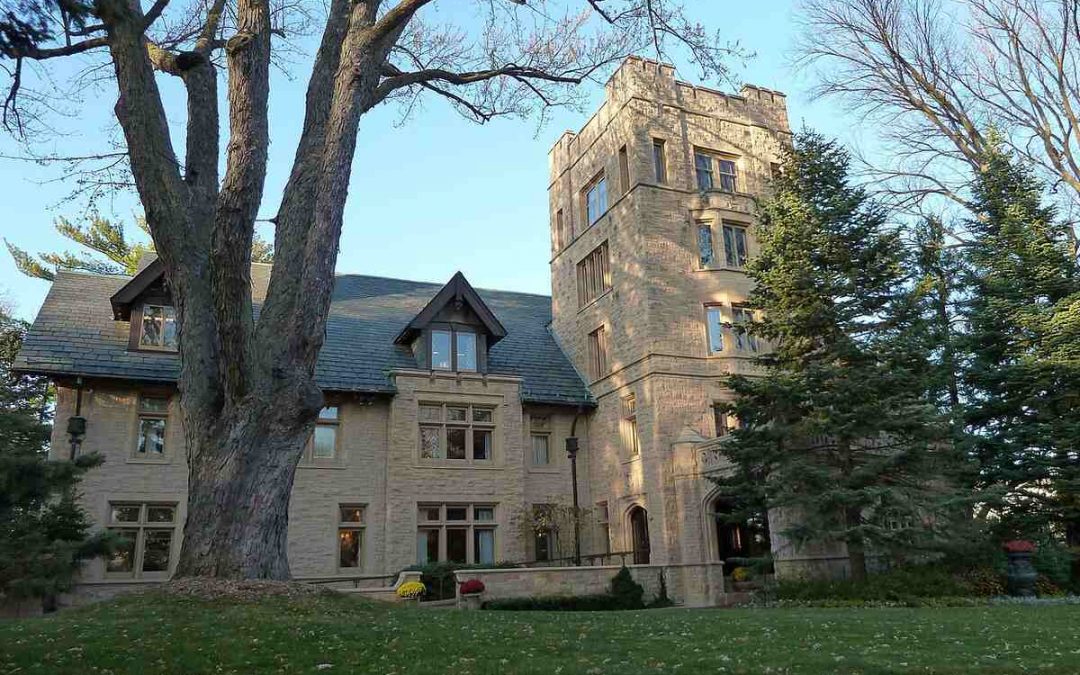In Rochester, we get to enjoy all four seasons to the fullest. So do our plants. Yet some homeowners here struggle with grim, dull, or worn-out lawns. It might be your grass itself. It’s essential to choose a grass type for Rochester that can thrive in our tough climate and tolerate all types of soil conditions.
So if you’re changing your lawn, building one from scratch, or repairing tired sections, these grasses will primp it up.
In this article:
- 6 Cool-Season Grasses for Rochester
- FAQ About Rochester Grass Types
- Choosing the Right Grass for Your Rochester Landscape
6 Cool-Season Grasses for Rochester
Grass comes in an array of colors and textures, and each has different properties that allow it to thrive in certain conditions. It’s important to know the differences and then apply that knowledge to build a great, enduring lawn because your grass has a major impact on the overall appearance and health of your landscape.
All grasses come in two categories – warm-season and cool-season grasses. Each of these has unique characteristics.
In stands to reasons that cool-season grasses will hold up better in Minnesota’s bitter cold. Here are the best.
1. Kentucky Bluegrass
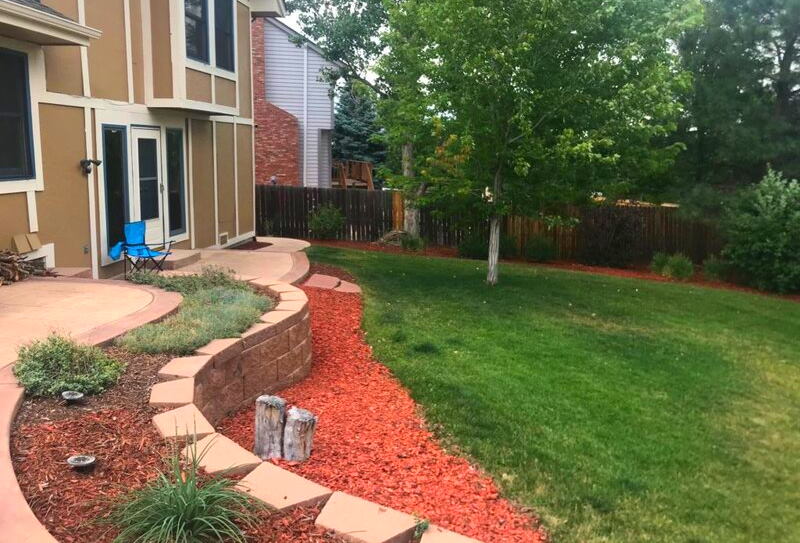
This cool-season grass species is best adapted to cool-weather conditions. Kentucky bluegrass is winter-hardy and grows in a variety of soil conditions. It thrives in the moist, cool weather of Rochester, but gets a tad bit slower during hot and dry summers. This grass is excellent for Minnesota’s lakeshore regions since it loves sandy soils.
Typically, it is mixed with perennial ryegrass to encourage germination speed – taking the average 1 to 3-month germination and establishment period for Kentucky bluegrass to only a few weeks.
With Kentucky bluegrass in your yard, you get a beautiful dark-green color that won’t fade with damage or extra foot traffic. It’s quick to recover from injury, resilient to traffic, and spreads rapidly.
The only downside to planting Kentucky bluegrass in your lawn is its poor tolerance of drought and shade. Plus, the year-round maintenance required to keep it sharp might not be every Rochester resident’s cup of tea.
Classification: Cool-season
Spreads by: Rhizomes (underground stems)
Drought tolerance: Low
Foot traffic tolerance: High
Shade tolerance: Low, prefers sunlight
Maintenance needs: High
Recommended mowing height: 2 – 2.5 inches
Potential for disease: Vulnerable to catching diseases such as dollar spot, leaf spot, and necrotic ring spot
USDA hardiness zones: 2 – 7
2. Tall Fescue
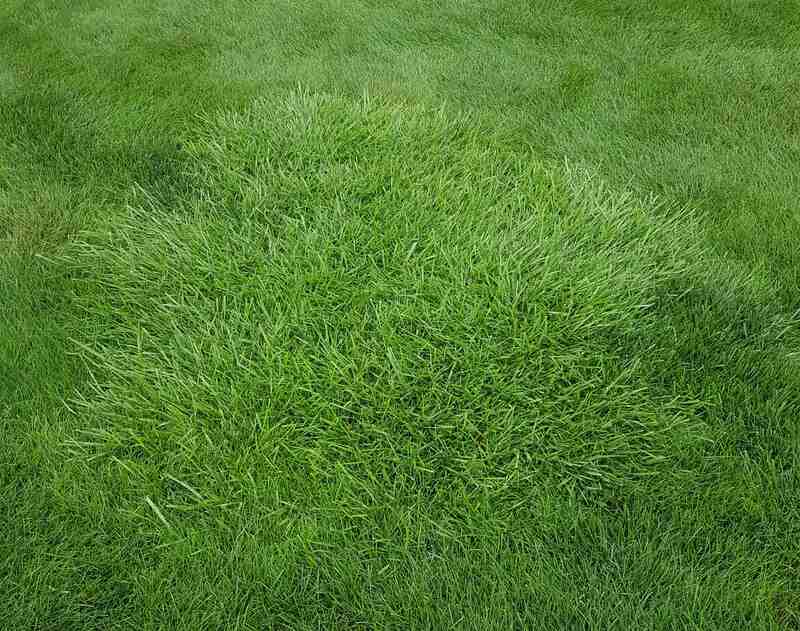
Photo Credit: Ty Haller / Flickr / CC BY 2.0
Another hardy option for Minnesota’s cold winters, tall fescue isn’t bothered by drought or heat, owing to deep roots. that allow it to survive harsh weather and heavy foot traffic.
Tall fescue turf is dark green and has a rougher look than bluegrass and ryegrass because of its wide blades. These tough grass blades handle stress well, which is why tall fescue is commonly used in playgrounds. The tall fescue grass type is also resistant to pest problems and diseases.
The best thing about tall fescue is that it’s a great natural weed controller because of its competitive growth rate. It’s super low-maintenance and recommended for beginners and people with pets and children who love to use the lawn.
Classification: Cool-season
Spreads by: Bunches, sometimes rhizomes
Drought tolerance: High
Foot traffic tolerance: High; it grows back quickly after suffering damage
Shade tolerance: Moderate
Maintenance needs: Low
Recommended mowing height: 2 to 3 inches
Potential for disease: Low
USDA hardiness zones: 2 to 7
3. Perennial Ryegrass

Photo Credit: Dr Mary Gillham Archive Project / Flickr / CC BY 2.0
With strong defenses and a rapid growth rate, perennial ryegrass is popular with homeowners who prefer low-maintenance lawns. This grass type has a very fast germination rate but spreads somewhat slower than other grass varieties.
Perennial ryegrass prefers medium fertility levels and well-draining soil. If you’re considering ryegrass for your lawn, make sure you know the difference between common and improved varieties of this grass species. Common perennial varieties don’t tolerate cold too well, so it’s not an ideal pick for a Rochester lawn. Improved perennial ryegrass is more winter-hardy and offers rapid coverage and erosion protection.
Classification: Cool-season
Spreads by: Bunches
Drought tolerance: Moderate
Foot traffic tolerance: High
Shade tolerance: Low
Maintenance needs: Moderate to high
Recommended mowing height: 1.5 to 2.5 inches
Potential for disease: High, susceptible to red thread, brown patch, and rust
USDA hardiness zones: 2 to 8
4. Annual Ryegrass
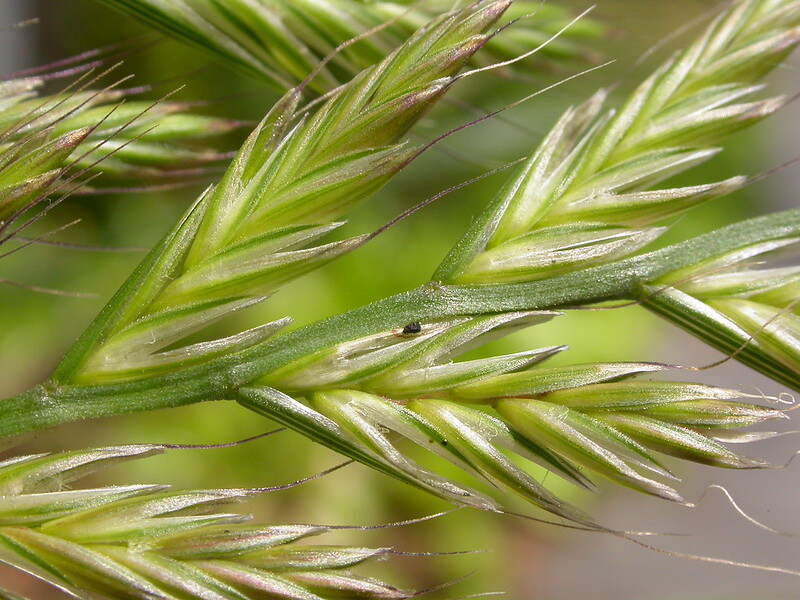
Photo Credit: Matt Lavin / Flickr / CC BY-SA 2.0
Very similar to perennial ryegrass, annual ryegrass germinates, grows, and establishes fast. It is also known as wintergrass or Italian ryegrass in some parts of the U.S. It’s a less commonly used solution for controlling erosion in lawns and for adding quick color to a dull yard. This makes it a great choice for thinning lawns.
This grass type is an ideal pick for winter overseeding of warm-season lawns because of its qualities. Annual ryegrass is very hardy, resists disease, and withstands foot traffic. It has shallow roots, which means annual ryegrass won’t do great in drought-like conditions. You can spot this grass type from its lime-green, shiny, and coarse grass blades. It thrives in sunny conditions and will die in late spring to early summer.
Classification: Cool-season
Spreads by: Bunch type
Drought tolerance: Low
Foot traffic tolerance: Moderate
Shade tolerance: Low
Maintenance needs: Moderate to high
Recommended mowing height: 1 to 3 inches
Potential for disease: Low
USDA hardiness zones: 5 to 6
5. Creeping Bentgrass
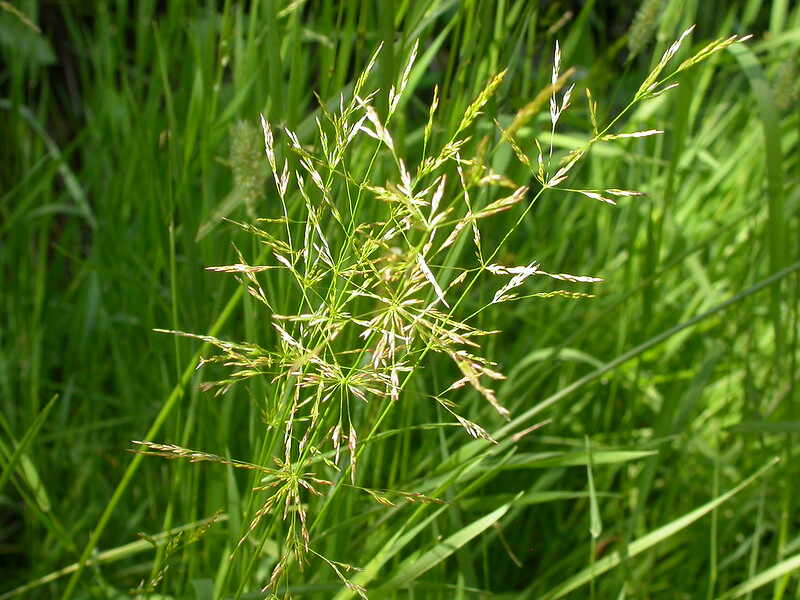
Photo Credit: Matt Lavin / Flickr / CC BY-SA 2.0
An excellent choice for golf courses, creeping bentgrass is a commercial-grade turfgrass with fine-textured, bright green leaves. The leaves are narrow, flat, and rolled in the bud. Creeping bentgrass stays a low-growing grass even after complete development. It has a shallow root system that makes it less tolerable to drought.
Creeping bentgrass is a very high-maintenance grass type because it needs frequent mowing, watering, aeration, lots of fertilizer, and dethatching.
Classification: Cool-season
Spreads by: Stolons
Drought tolerance: Low
Foot traffic tolerance: Low
Shade tolerance: Moderate
Maintenance needs: Very high
Recommended mowing height: 0.125 to 0.5 inches
Potential for disease: Moderate
USDA hardiness zones: 3 to 6
6. Fine-leaf Fescue
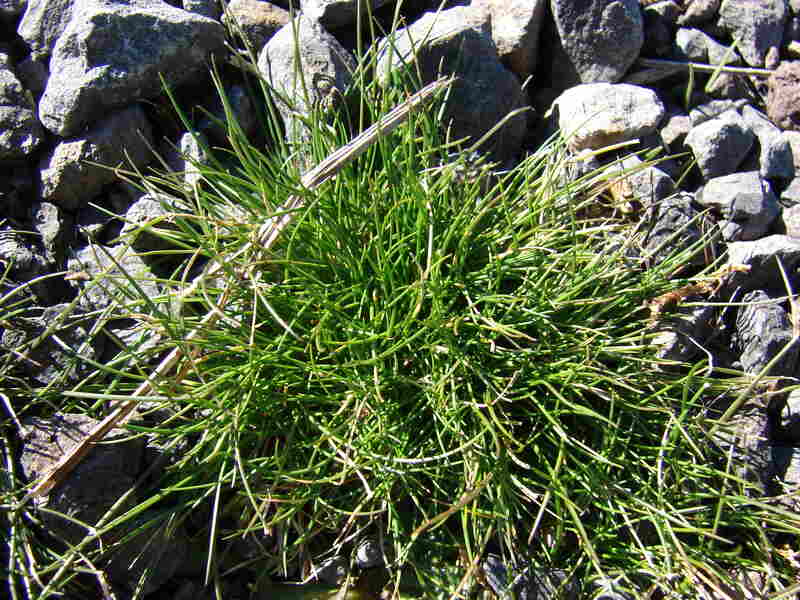
Photo Credit: Forest and Kim Starr / Flickr / CC BY 2.0
This is a great option for homeowners looking for a low-mowing, low-maintenance turfgrass. Fine-leaf fescue can grow in acidic, infertile soils and maintains a dense appearance, especially in varieties such as chewing fescue. Creeping red fescue grows more finely in comparison, but all varieties are easy to grow.
Fine fescue thrives in full sunlight but can grow in shady areas too. It tolerates drought and diseases but doesn’t do well with poorly drained soils.
Classification: Cool-season
Spreads by: Rhizomes and stolons, depending on the variant
Drought tolerance: High
Foot traffic tolerance: Low
Shade tolerance: High
Maintenance needs: Low
Recommended mowing height: 2 inches and higher
Potential for disease: Moderate
USDA hardiness zones:
FAQ about grass types for Rochester
Kentucky bluegrass and fine fescue are quite low-maintenance grasses and are easy to grow, even for beginners.
Kentucky bluegrass and fine fescue are quite low-maintenance grasses and are easy to grow, even for beginners.
Early fall is a good time to plant grass seeds because consistent rainfall and warm soil temperatures at that time of the year encourage fast seed germination and better root development.
Choosing the Right Grass for Your Rochester Landscape
Now that you know the appropriate grass types your Rochester garden can grow, you have the knowledge to make the right choice. Make sure you choose the grass type according to your lifestyle and the level of maintenance you’re willing to put in.
If you’re putting together a garden, make sure you consider planting the best native plants for Rochester that will cope with the climate conditions here and grow well with little maintenance.
Selecting the perfect grass type is just the first step. Build and maintain a healthy lawn with the help of Wikilawn’s pros, who are just a few clicks away.
Main Image Credit: House, Rochester, Minnestoa / Bobak Ha’Eri / Wikimedia Commons / CC BY 2.5

